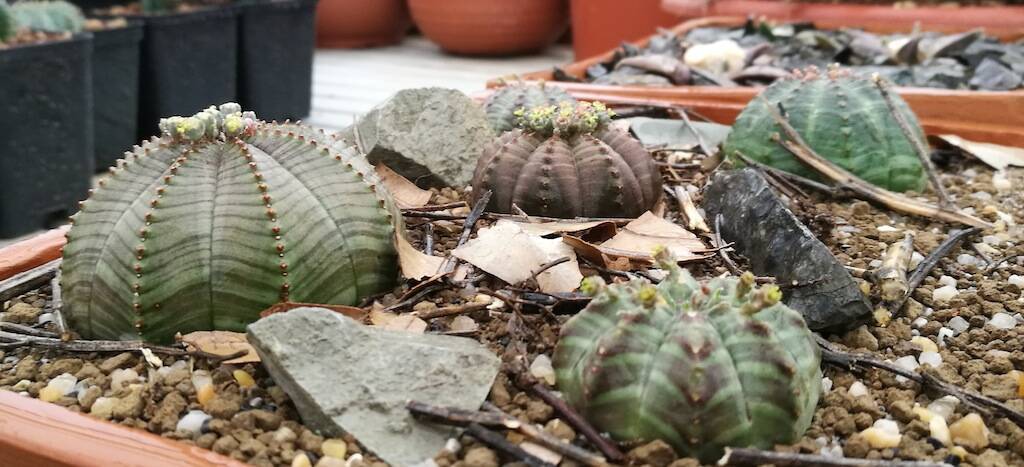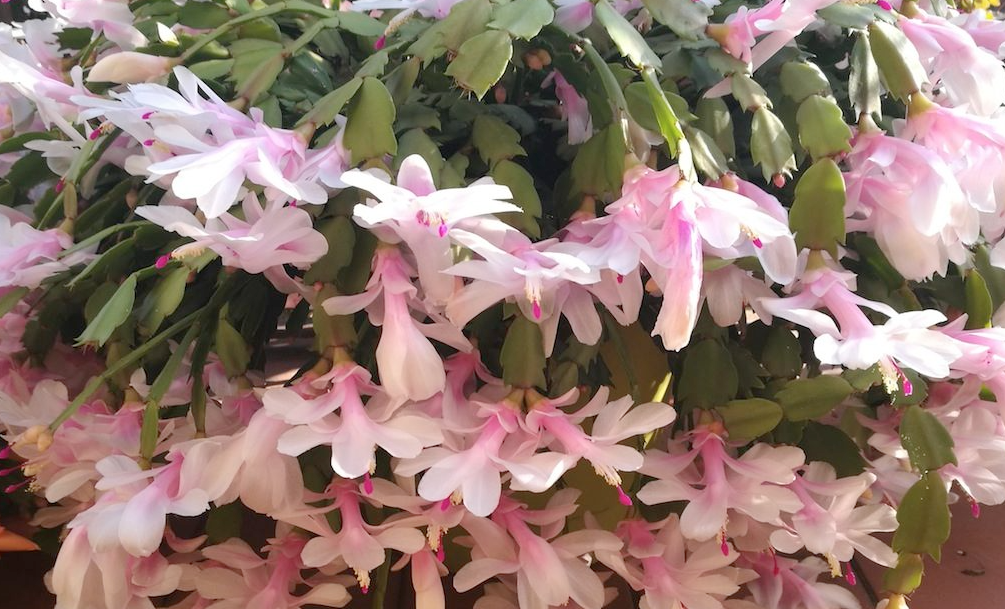The succulent species belonging to the Euphorbia family (Euphorbiaceae) are appreciated and cultivated by many cacti lovers. The variability in the forms and some cultivation affinities with cacti make these plants an excellent alternative to “vary” the collections of succulents. However, it is essential to know the primary main needs of Euphorbias to grow them successfully. Euphorbiaceae is the fourth largest family of angiosperms, i.e. flowering plants. The Euphorbiaceae are divided into 5 subfamilies, 300 genera and 6.000 species, many of which are succulent. These plants have a very variable bearing: they can be in the form of small grasses, or in the form of real shrubs; they can be columnar or caespitose, very thorny or with a perfectly smooth stem. Also, they can hold leaves, but they can be devoid of them. Euphorbiaceae, unlike Cactaceae (exclusively originating from the Americas) come from almost every part of the world, except, of course, the Arctic and Antarctic areas. Some species come from Africa, others from the Americas or from Asia.
You can deepen the knowledge of Euphorbiaceae in the following article, with description, images, curiosities and cultivation techniques specific to this plant family. (…)




